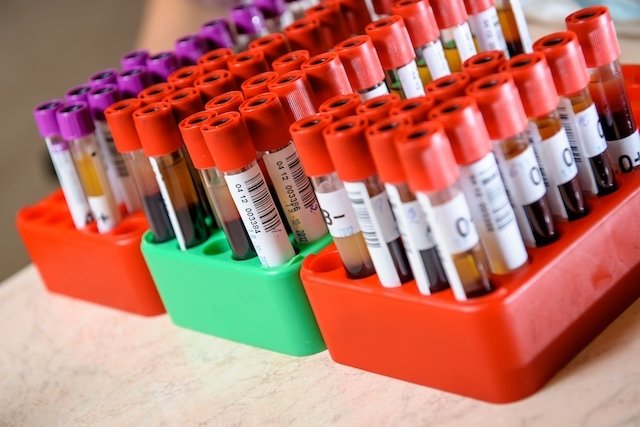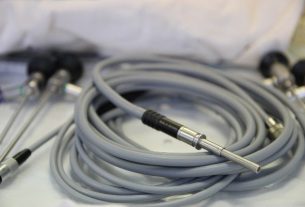Neutrophils are a type of leukocyte and, therefore, are responsible for the body’s defense, their quantity increasing in the blood when there is an infection or inflammation occurring. The neutrophil found in the greatest circulating quantity is the segmented neutrophil, also known as mature neutrophil, which is responsible for involving infected or injured cells and then eliminating them.
The normal reference value of circulating segmented neutrophils in the blood may vary depending on the laboratory, however, in general it is 1600 to 8000 segmented neutrophils per mm³ of blood. Therefore, when neutrophils are high, it usually indicates that the person has a bacterial or fungal infection, as this cell works to protect the body.
In the blood test, in addition to indicating the number of segmented neutrophils, the number of eosinophils, basophils and rod neutrophils, which are neutrophils that have just been produced with the aim of fighting the infection and resulting in the formation of more segmented neutrophils.

Normal neutrophil values
Normal neutrophil values are indicated in the white blood cell count, being considered normal when a quantity between 1600 and 8000 neutrophils per mm³ of blood is found, or approximately 35 to 66%.
To find out whether the neutrophil value is normal or altered, enter the results of your test into the calculator below:
1. High neutrophils
The increase in the number of neutrophils, also known as neutrophilia, can happen due to several situations, the main ones being:
- Infections;
- Inflammatory disorders;
- Diabetes;
- Uremia;
- Eclampsia in pregnancy;
- Liver necrosis;
- Chronic myeloid leukemia;
- Post-splenectomy polycythemia;
- Hemolytic anemia;
- Myeloproliferative syndromes;
- Hemorrhage;
- Burn;
- Electric shock;
- Cancer.
Neutrophilia can also occur due to physiological conditions, such as in newborns, during childbirth, after episodes of repeated vomiting, fear, stress, use of adrenaline medications, anxiety and after excessive physical activity. Therefore, if the neutrophil count is high, the doctor may order other diagnostic tests to correctly identify the cause and initiate appropriate treatment. See more about neutrophilia.
Do you have questions about your exam results?
A decrease in the number of neutrophils, also called neutropenia, can happen due to:
- Aplastic, megaloblastic or iron deficiency anemia;
- Leukemia;
- Hypothyroidism;
- Use of medications;
- Autoimmune diseases, such as Systemic Lupus Erythematosus;
- Mielofibrose;
- Cirrhosis.
In addition, neonatal neutropenia may occur in the case of severe viral or bacterial infection after birth. Children with Down syndrome also tend to have low neutrophils without any health problems.
In case of neutropenia, the doctor may recommend performing a myelogram to investigate the cause of the decrease in the number of segmented neutrophils in the blood, in addition to checking whether there are any changes related to the production of neutrophil precursor cells in the bone marrow.
Bibliography
- CRUVINEL, Wilson de M. et al. Immune System – Part I Fundamentals of innate immunity with emphasis on the molecular and cellular mechanisms of the inflammatory response. Rev Bras Rheumatol. Vol 50. 4 ed; 434-461, 2010
- HINRICHSEN, Sylvia Lemos. Causes of: differential diagnosis. 1 ed. Rio de Janeiro: Medbook, 2014. 328-330; 331-333.
- AROSA, Ferdinand A.; CARDOSO, Elsa M.; PACHECO, Francisco C. Fundamentals of Immunology. 2 ed. Lisbon: LIDEL, 2012. 37.
- HOFFBRAND, A. V.; MOSS, P. A. H. Fundamentals in Hematology. 6 ed. Porto Alegre: Artmed, 2013. 110-111.

Sign up for our newsletter and stay up to date with exclusive news
that can transform your routine!
Warning: Undefined array key "title" in /home/storelat/public_html/wp-content/plugins/link-whisper-premium/templates/frontend/related-posts.php on line 12
Warning: Undefined array key "title_tag" in /home/storelat/public_html/wp-content/plugins/link-whisper-premium/templates/frontend/related-posts.php on line 13



